🔝Week’s Focus
This week’s lecture introduced artist-run spaces as flexible, self-organised models that prioritise experimentation, mobility, and local engagement. I reflected on how my SICP project could adopt low-cost, modular, and reusable strategies—such as temporary installations and portable media—to maximise adaptability in the tunnel space.
🙋🏻♀️Collective Planning Meeting
I received valuable peer feedback on my SICP project. Suggestions included: reducing the number of artists, maintaining curatorial cohesion, integrating found artworks like graffiti, and incorporating workshops or performances. The importance of aligning the exhibition with the tunnel’s context was also emphasised.
📝CAP Exhibition Review
The CAP exhibition at Inverleith House provided valuable inspiration for my SICP project. The artists’ residency and site-specific curation emphasised a strong connection between location and curatorial theme. This resonance deepened my understanding of how artworks can emerge from and respond to the local environment—an idea I aim to integrate into my curatorial approach to the Telfer Subway.
Exhibition Theme and Space: The Ephemeral Bloom and Site-Specific Dialogue
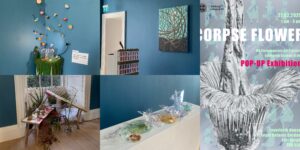
Figure 1. CAP Exhibition General Installation View. Photograph by Yiran Gu, February 28, 2025.
Corpse Flower uses the short-lived blooming cycle of the Titan Arum as a metaphor to explore the interplay of life, fragility, and resilience. Against the backdrop of global conflict and climate crisis, this exhibition not only focuses on natural ecology but also uses plants as a metaphor for the transience of human existence, inviting viewers to reflect on the coexistence of decay and renewal.
As the exhibition venue, Inverleith House carries a dual identity of botanical research and art exhibition, and its evolving history adds a deeper contextual layer to the exhibition. Situated in the Royal Botanic Garden Edinburgh, the gallery provides a dynamic natural backdrop that allows the artworks to interact with their surroundings, blurring the boundaries between art, science, and ecological observation.
The exhibition layout follows the architectural texture and interplay of light and shadow, with artworks employing various media to explore plants, philosophy, and the cycles of life. Some works are attached to the aged wooden walls of the gallery, while others are placed near windows, engaging in a dialogue with light and temperature changes. This nonlinear curatorial approach transforms the exhibition into an evolving sensory experience, reinforcing its site-specificity and the perceptibility of time’s passage.
Beyond Plants: Exploring History, Humanity, and Society
Despite limited resources and a short creative timeline, the CAP artists have successfully produced a series of thought-provoking works. What stands out is that they do not confine themselves solely to the theme of plants; rather, they use plants as an entry point to broaden discussions on history, human nature, and social phenomena. This expansion of perspective is both rare and insightful, allowing the exhibition to engage with broader discourses beyond ecological issues.
-
Keyi Ju, The Latest News: The Construction of News and the Authenticity of Information
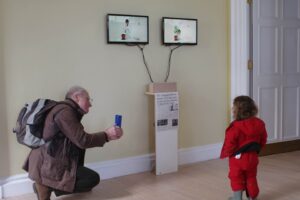
Figure 2. Keyi Ju, The Latest News, Installation View 1. Photograph by Yiran Gu, February 28, 2025.
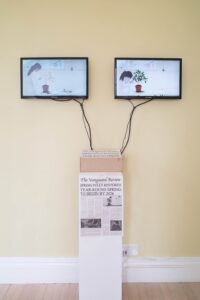
Figure 3. Keyi Ju, The Latest News, Installation View 2. Photograph by Yiran Gu, February 28, 2025.
In The Latest News, Keyi Ju employs satire and humor to reveal how news is constructed. At the core of the work is a fictional scientific research setting, where she plays the role of a fabricated scientist, assembling an artificial plant in a fictional laboratory and making exaggerated claims in a newspaper—declaring that “people can finally grow spring trees in autumn.”
This artistic premise is closely tied to her personal experience. As a former intern journalist, she shared during the creative process:
“The role of journalism in factual reporting has become blurred—it now serves power and functions as a tool for the ruling class.”
This statement prompted me to reflect: How much of the information we receive in the digital age is actually real, and how much has been manipulated or shaped? In an algorithm-driven digital landscape, we exist in filter bubbles, where the content we consume is curated to match our preferences. How do we discern what is factual and what is fabricated? Has the very notion of truth become impossible to define?
However, after viewing the work, I was left with a question: Why use newspapers as the medium to represent the construction of news? In the digital era, newspapers are no longer the primary source of information; online media platforms employ far more complex mechanisms to shape narratives, making it even harder to distinguish reality from fiction. If the work aims to critique the manipulation of contemporary news, could it further explore the role of social media, short video content, and AI-generated news in shaping perceptions of truth? Expanding on this aspect could make the work more relevant to contemporary discourse.
-
Layla Knox, Rounding up the Aliens: Fabric and Botanical Specimens Across Time
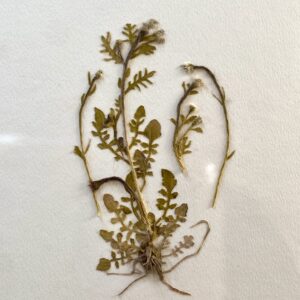
Figure 4. Layla Knox, Rounding up the Aliens, Installation View 1. Photograph by Yiran Gu, February 28, 2025.
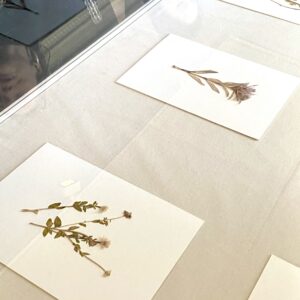
Figure 5. Layla Knox, Rounding up the Aliens, Installation View 2. Photograph by Yiran Gu, February 28, 2025.
At first glance, Layla Knox’s work presents an intriguing sense of ambiguity. Standing at a distance, I peered into a glass display case filled with meticulously arranged objects, yet I could not immediately tell whether they were real botanical specimens or something else. It was only upon closer inspection that I realized these “specimens” were actually fabric-based imitations, carefully crafted from lace, wool, and textiles. This visual deception was deeply striking.
I recall speaking with Layla during the J02 Social Meeting at the start of CAP and CAT programs, where she showed me her undergraduate works. She had also used woven textiles as her primary medium, exploring artistic expressions within a familiar craft tradition. This time, however, she took it a step further—embedding her work within the historical narrative of botanical specimen collection, demonstrating a highly conceptual approach to site-specific practice.
Upon reading her exhibition statement, I became even more aware of how her work intelligently connects plants, botanical specimens, the wool trade, and the history of the Royal Botanic Garden Edinburgh. Within Inverleith House, a site deeply intertwined with both botanical and art history, her work responds to its cultural significance, bridging historical events with craftsmanship to enrich the exhibition’s thematic depth.
Through her work, I could almost visualize Ida Margaret Hayward and her dog Logie wandering through fields, collecting plants and carefully assembling botanical specimens. Her work grants tangible form to historical memory, allowing the audience to experience history rather than merely observe it. It made me wonder—could art, like her work, function as a medium for time travel, reviving past narratives in the present?
Biomaterials and Interdisciplinary Art: Connections Between the CAP Exhibition and Empty Gallery
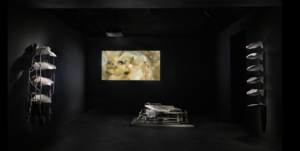
Figure 6. Jes Fan, 东方之珠 (Pearl of the Orient), Installation View. Image courtesy of Empty Gallery, accessed March 2025. https://emptygallery.com.
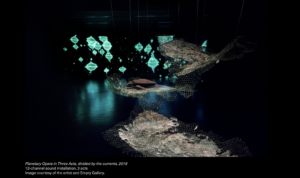
Figure 7. Susanne Winterling, Gravitational Currents & The Life Magic, Installation View. Image courtesy of Empty Gallery, accessed March 2025. https://emptygallery.com.
In the CAP artists’ exhibition, creators use plants as a medium to explore broader themes of history, society, and ecology. This approach reminds me of two exhibitions at Empty Gallery—Jes Fan’s exhibtion东方之珠 (Pearl of the Orient) and Susanne Winterling’s Gravitational Currents & The Life Magic—which further expand the possibilities of biomaterials in contemporary art.
The CAP exhibition emphasizes site-specific creation, where artists, despite limited resources and a short production period, have managed to produce deeply insightful works.东方之珠 (Pearl of the Orient) also engages with Hong Kong’s colonial history. The title carries a double meaning: it refers to the pearls and nacreous shells extensively used in Fan’s work, while also being a nickname for Hong Kong, symbolizing the city’s complex identity shaped by global capital flows and colonial history.
Jes Fan’s work, combining nacre, glass, and synthetic materials, examines how material is shaped by colonial trade, global commerce, and shifting identities. Meanwhile, Susanne Winterling focuses on dinoflagellates, sea turtles, and hydrophone-recorded oceanic sounds, constructing an immersive sensory system that allows audiences to experience the world from a non-human perspective. Both artists use biological materials not just to present the complexity of nature, but to explore how humans manipulate, misinterpret, or exploit these life forms through technology, historical narratives, and economic systems.
In contrast, while the CAP exhibition focuses on connections between plants, the environment, and human existence, the works of Jes Fan and Winterling illustrate how biomaterials can serve as interdisciplinary platforms for discussion, expanding the interaction between human and non-human life. This reflection leads me to consider how future curatorial practices could further integrate technology, material experimentation, sound, and sensory interaction to deepen the exploration of ecological systems and social issues.
Exploring Artist-run Project and Site-Specificity & CAP Exhibition Review © 2025 by Yiran Gu is licensed under CC BY-NC-ND 4.0
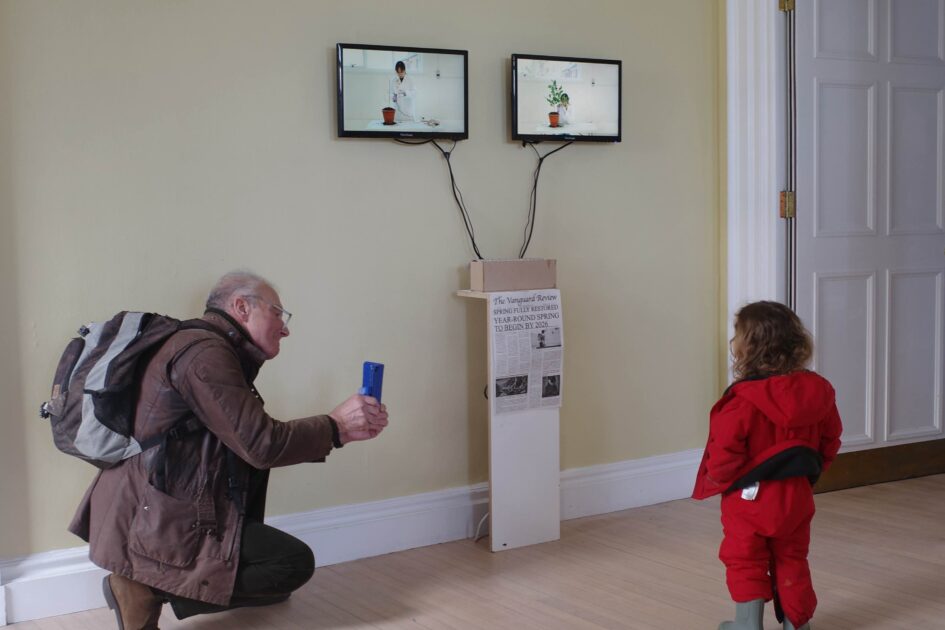


Leave a Reply